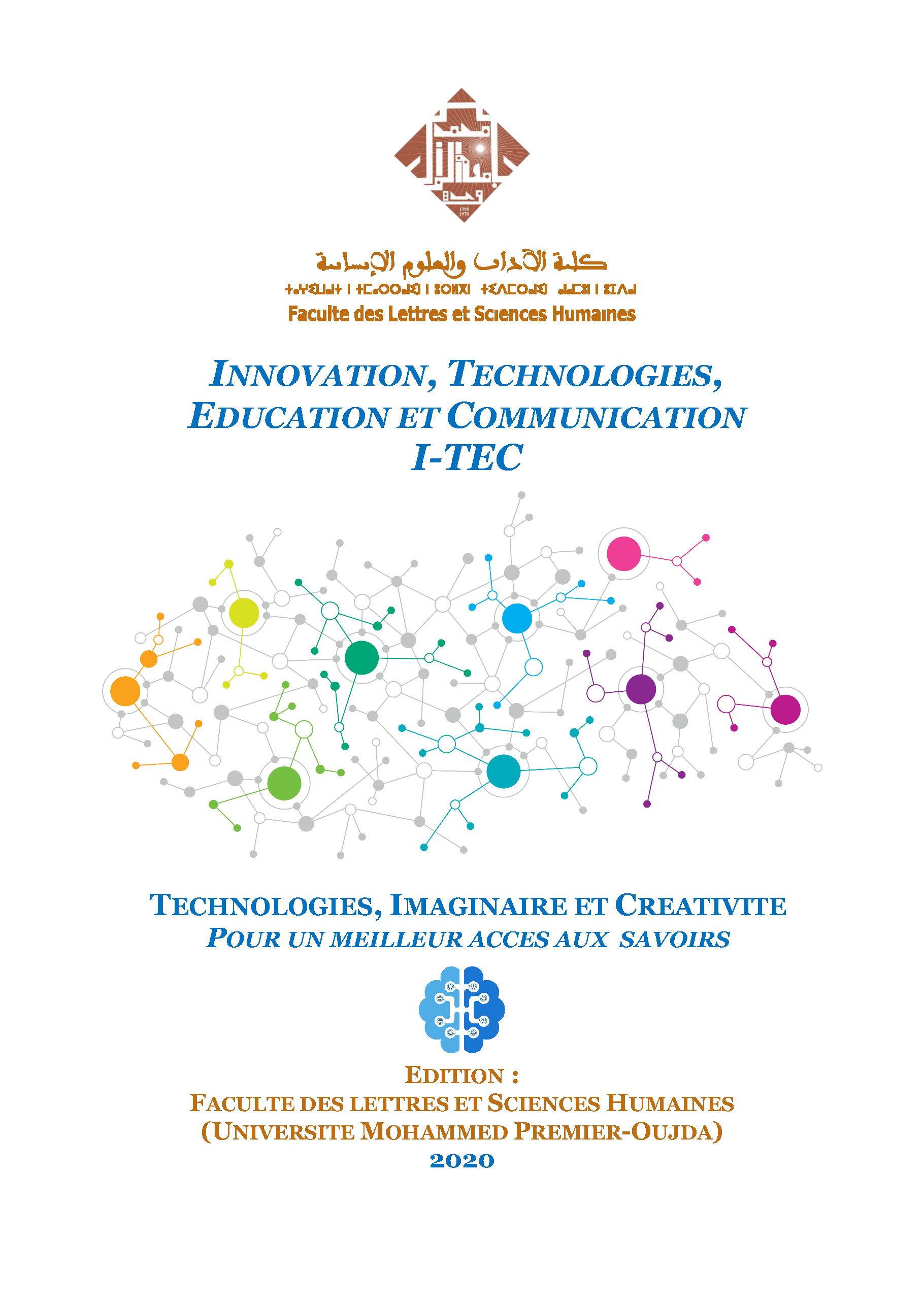Imagined body in cyberculture discourse: A reading of William Gibson’s technophilic body and Donna Harraway‘s cyborg consciousness
DOI:
https://doi.org/10.60590/PRSM.itec-iss1.43Keywords:
Cyberculture, cyborg, cyberspace, socio-cultural forcesAbstract
In this article we provide a careful examination of two artistic works: William Gibson’s short story “Mnemonic” and Haraway’s “Cyborg Manifesto”. Both writers use the metaphor of an imagined body, the cyborg which functions ideologically and metaphorically to dislocate epistemological definitions of the “organic” and the “machinic”. In both works, the body have not only technological, but mental and spiritual extensions. Cyborg transformations are clearly of more topical interest in distinguishing new and emerging socio-cultural forces. The continuous manipulation of the body’s surface and the constant exchange of organic and synthetic body parts can produce re-writings of the body’s social and cultural form that are related directly to the reconstitution of social identities. Ultimately the Net and the Web have offered to human bodies new spaces for artistic, utopian, political and ideological formations.



